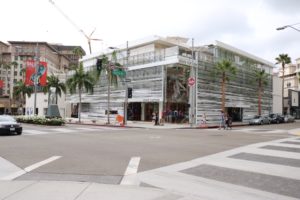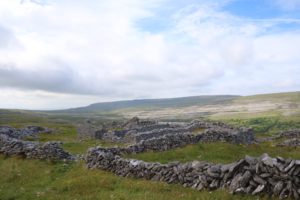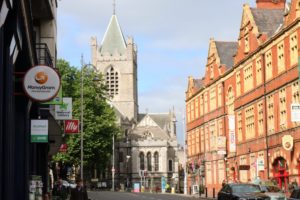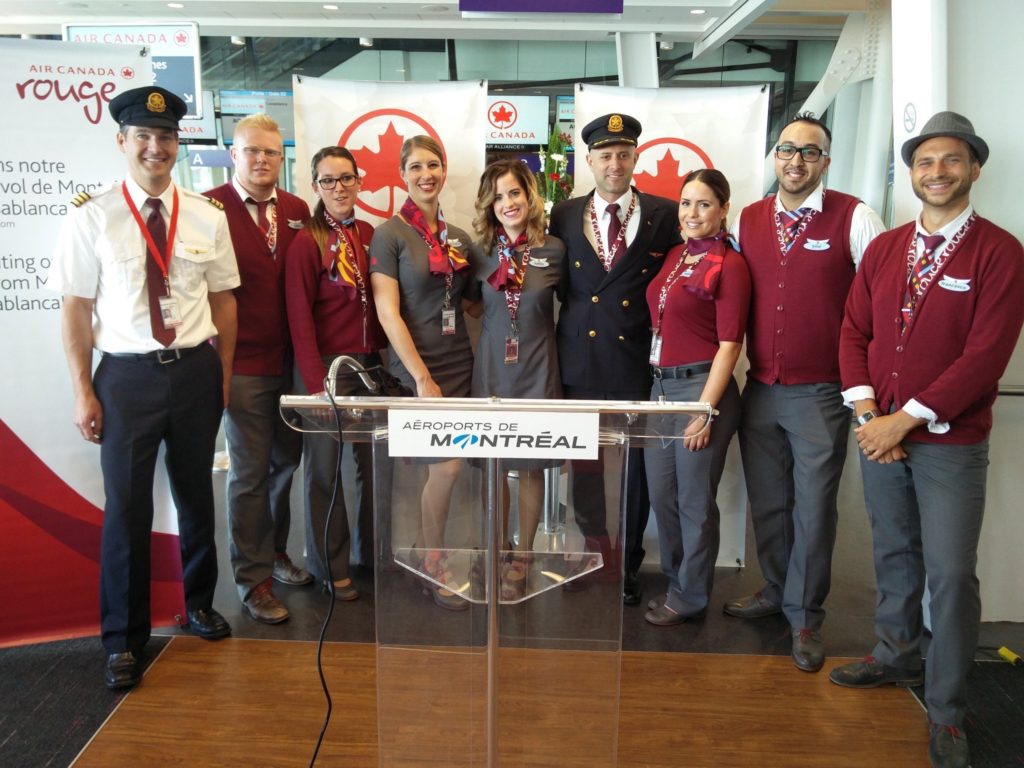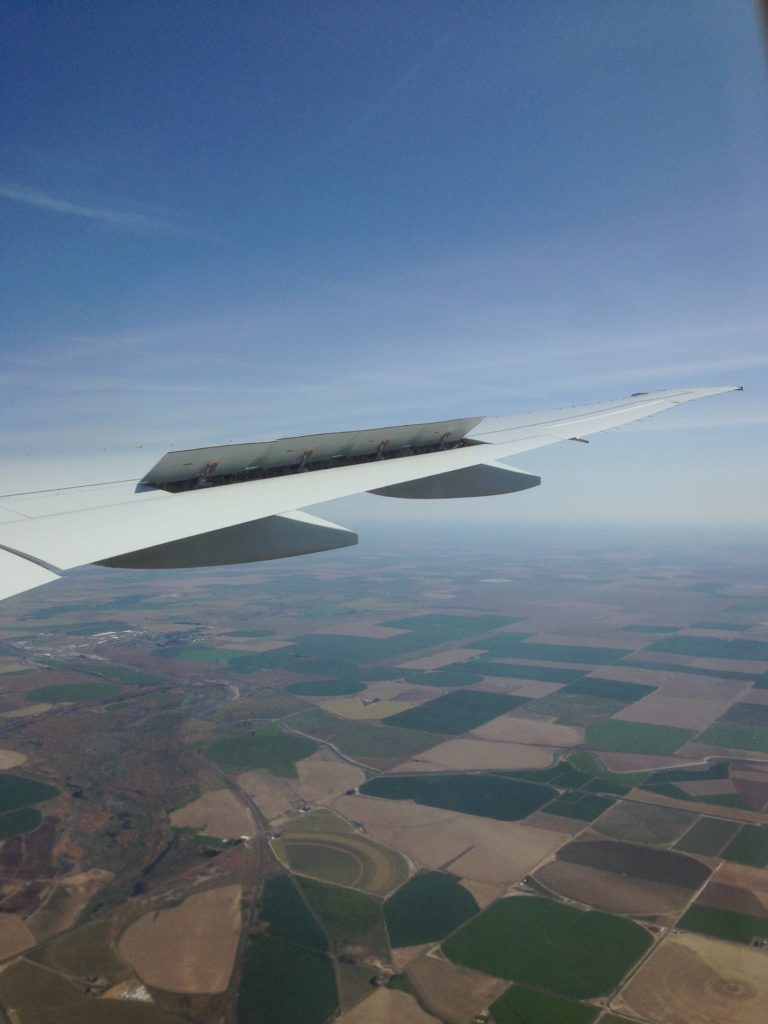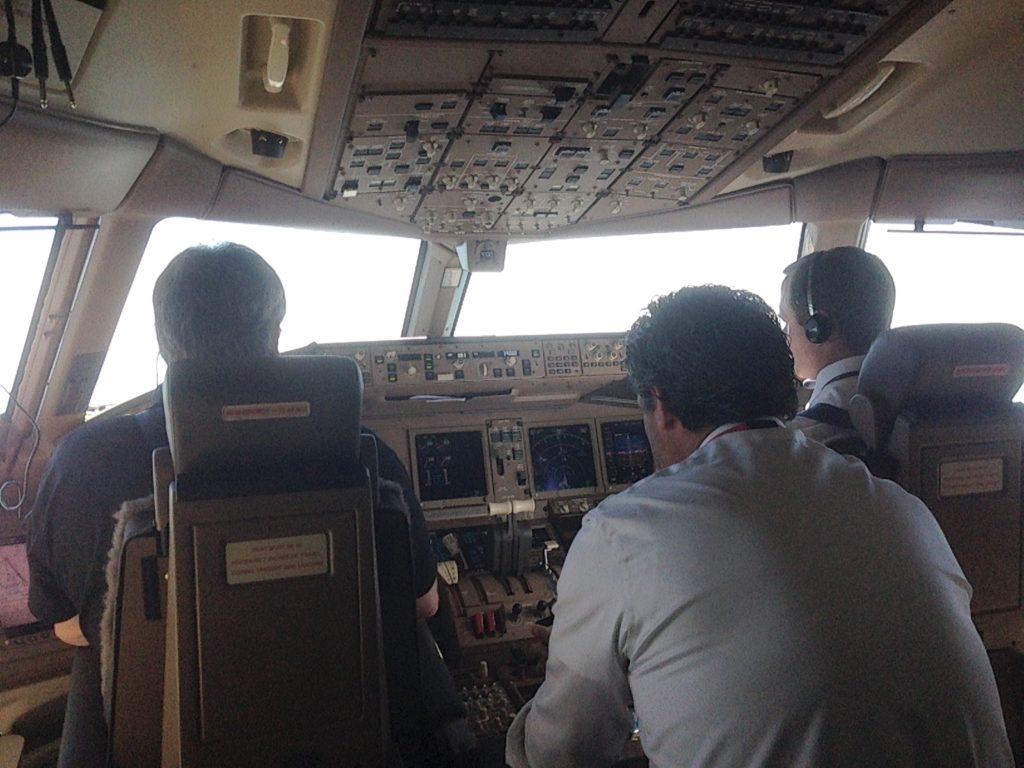This past long weekend, I went on vacation to beautiful Los Angeles. For me, the Labor weekend officially marks the end of summer, even if some students have already started school. After this date, air travel decreases and starts to rise again around Thanksgiving in the United States. I decided to come to Los Angeles to enjoy the last days of summer!
I arrived at Los Angeles International Airport (LAX) on Saturday around noon. After touching the runway, things did not go as planned. Our aircraft had to sit on a taxiway for more than 45 minutes because our assigned gate was already occupied by another plane. Once we taxied closer to the terminal, we were towed to our gate and finally deplaned. I took the shuttle and headed to rent a car that I reserved earlier. At the car rental, they told me that all the cars are sold out in the area and that I have to wait until a car returns. I finally got a car after one hour of wait. Now I’m ready to discover LA!
Below are my Top 5 Los Angeles Moments!
5. In-N-Out Burger
One of my favorite location to see aircraft taking off and land out of Los Angeles International Airport is at the famous In-N-Out Burger. The restaurant is located right at the edge of runway 24R. What’s cool is that you can see aircraft just over your head! I arrived at the right moment to see a Lufthansa Airbus A380 landing.
4. Santa Monica Beach/Third Street Promenade
The Santa Monica Beach is located just a few miles west of Los Angeles on the Pacific Ocean. The Santa Monica Pier has attractions, restaurants, and shops. The pier has been featured in many films and television series.
Third Street Promenade is a popular street in Santa Monica for shopping and dining. Close to the beach, it is a popular destination for tourists.
3. Rodeo Drive/Beverly Hills
Rodeo Drive is located in Beverly Hills. Similarly to the Third Street Promenade, the street offers shopping with some of the most prestigious brands in the world. It also has cafés and restaurants to satisfy your cravings while you shop.
2. Hollywood Walk of Fame
The Hollywood Walk of Fame is one of the most popular place to visit in the Los Angeles area. When I went on Sunday morning, it was packed with people. More than 2,500 stars are spread across the sidewalks of Hollywood Boulevard. The stars represent the names of famous actors, musicians, directors, producers, etc.
Not far from this street is the well-known Hollywood sign. I wish I had brought my other lense so I could have zoomed more in it!
1. Getty Center
This is probably one of my favorite moments during my Los Angeles trip. The Getty Center houses architecture, gardens, and amazing views overlooking the city of Los Angeles. During a clear day, you can see the skyscrapers of the city. Every year, more than 1.3 million tourists visit the Center.
Until next time!
Nicolas







